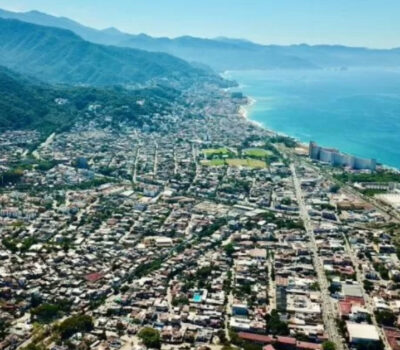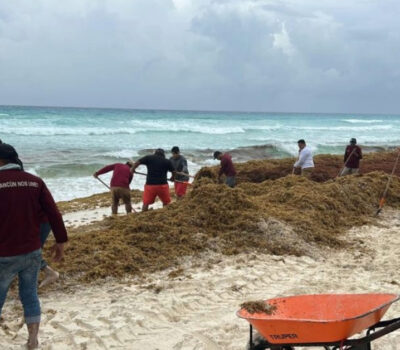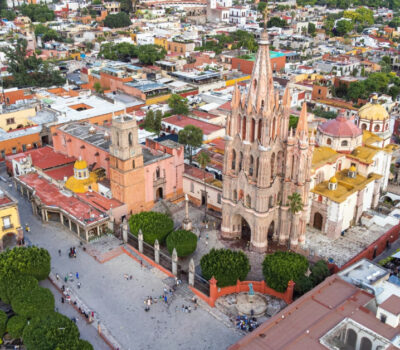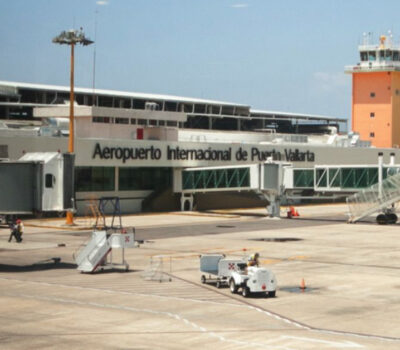New research suggests an Aztec-allied town ceremonially disfigured the bodies of captive Spaniards during one of the worst defeats in the Spanish Conquest of 1519-21, experts said Wednesday.
The heads of the captive Spanish women were strung up on skull racks alongside those . . .












